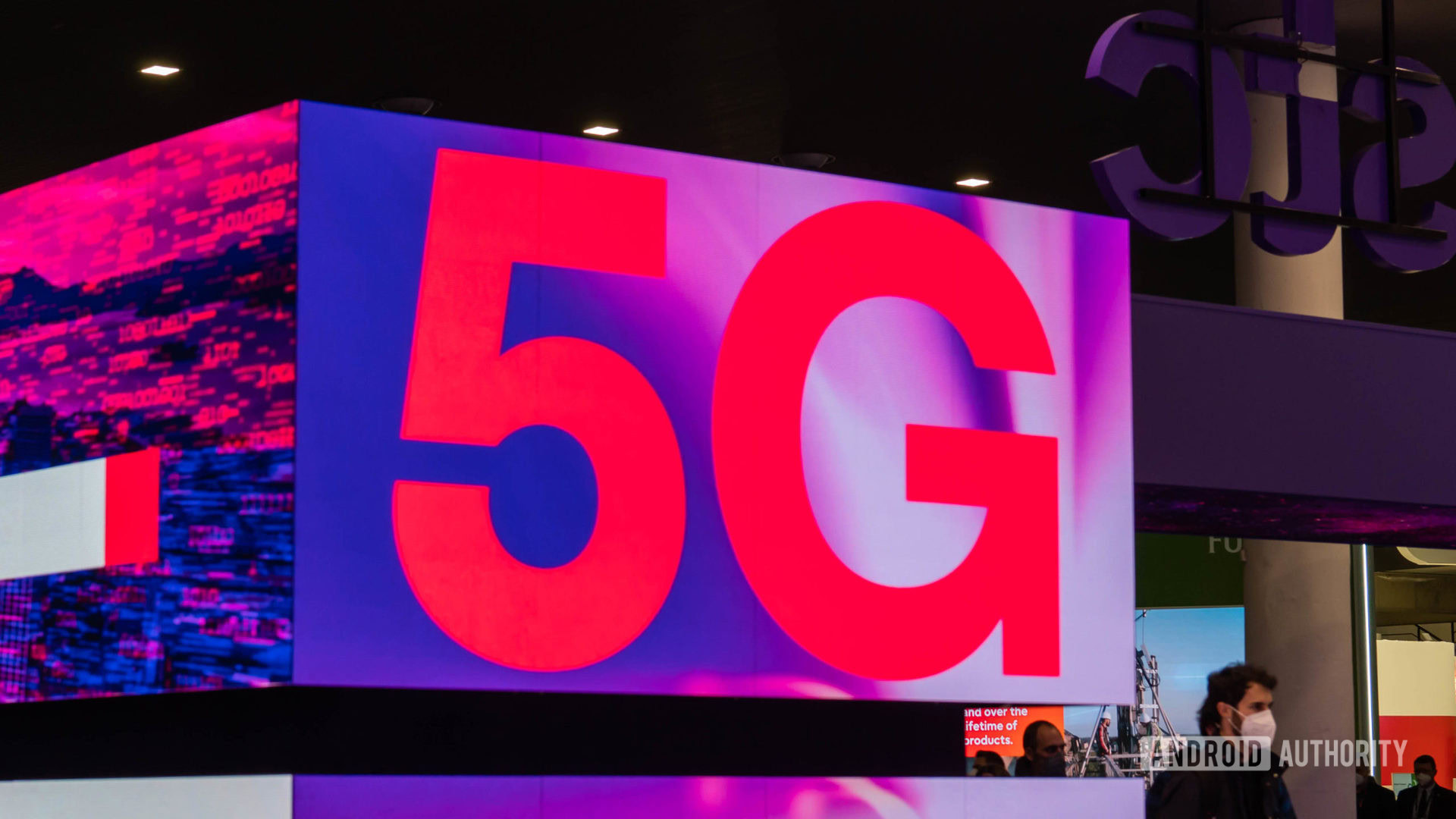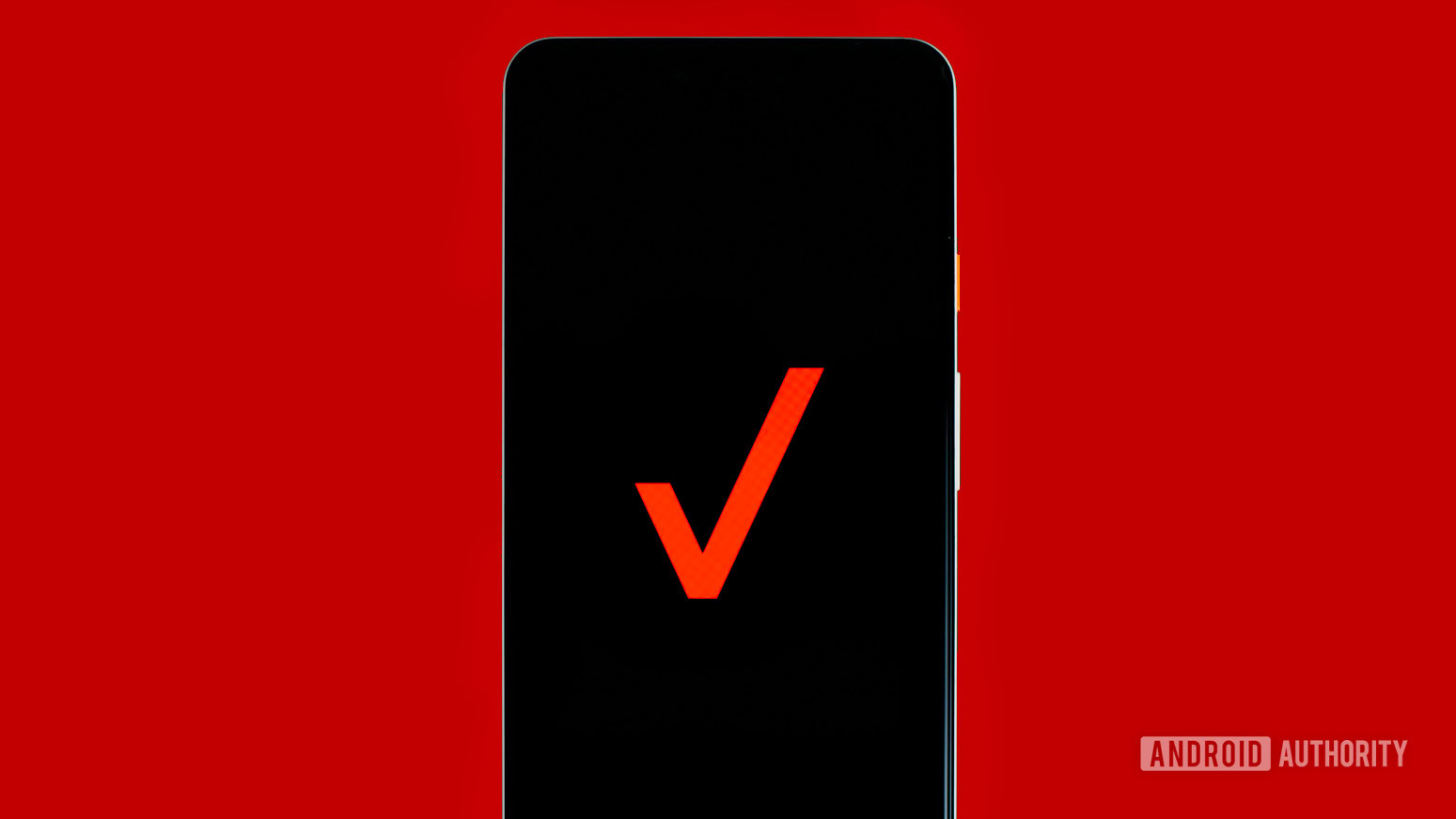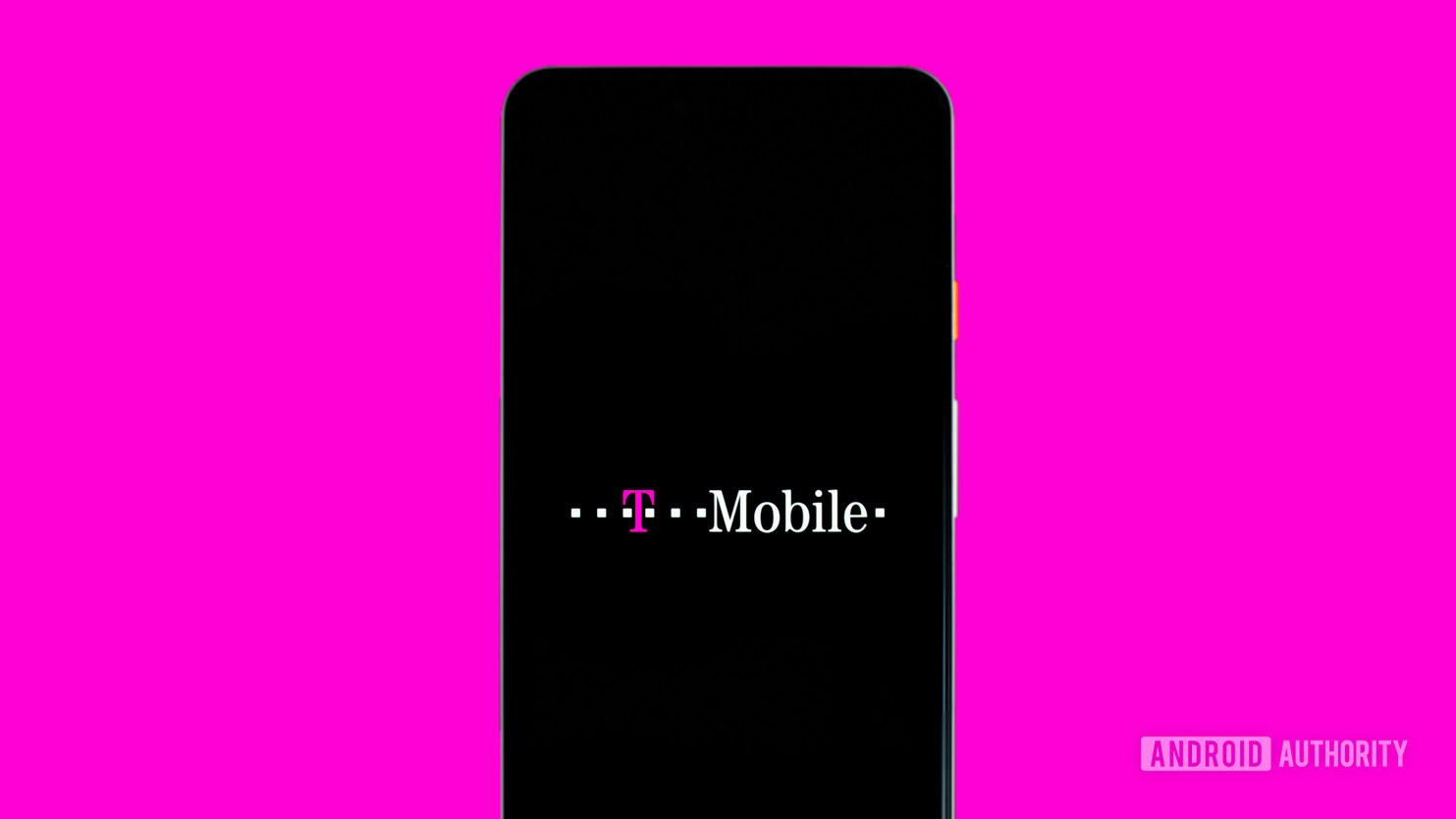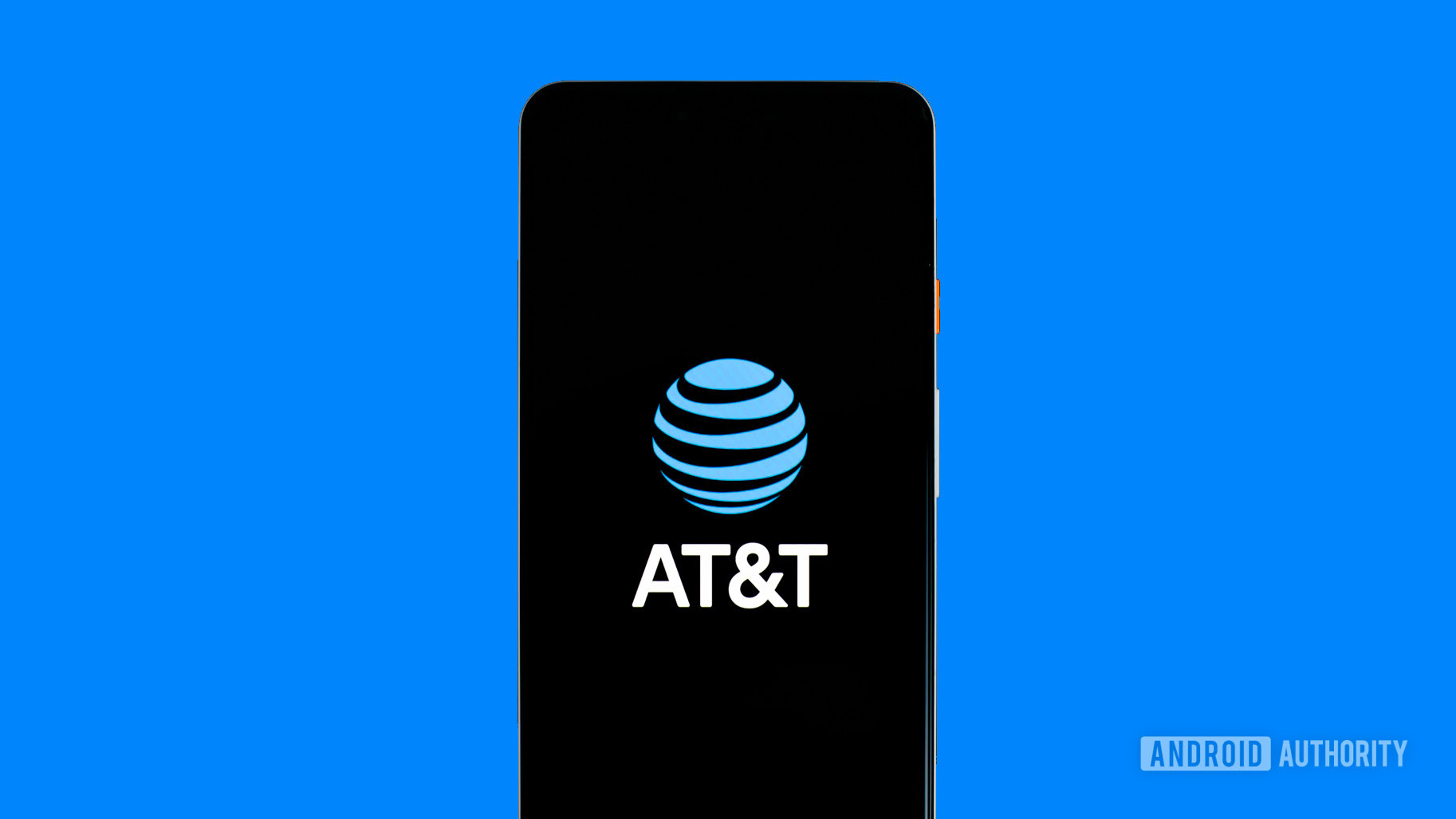Affiliate links on Android Authority may earn us a commission. Learn more.
Here are all the US cities with 5G coverage

All the major US carriers have already launched 5G networks and are working hard to expand nationwide. Some rely on millimeter-wave (mmWave) technology for higher speeds, while others favor lower-band spectrums for better coverage. This post looks at all the 5G cities in the US by carrier and talks a bit about speeds, frequencies, and more.
AT&T and Verizon agreed to pause their rollouts for a brief period in January 2022, but both quickly resumed. Verizon also launched its C-band 5G service in January following the pause.
Verizon 5G cities

Verizon’s 5G network uses 28GHz and 39GHz bands, both high-band millimeter wave (mmWave) frequencies. That means the network can produce high speeds but isn’t the best for coverage and building penetration — making it difficult, if not impossible, to use 5G indoors.
Our own Eric Zeman tested Verizon’s 5G network way back in 2019 while in Chicago and reached a maximum peak download speed of 1.256Gbps. To put this into context, the speed allows you to download a 50-minute episode of Stranger Things in about 12 seconds. However, we achieved those results by practically standing under the 5G nodes. Across the city, the average download speed was a lot slower (but still fast) at 594Mbps.
The big red network has also launched a 5G Home service that hooks its fastest speeds right into your home. It is now available in 57 major cities nationwide, as well as several smaller cities.
Verizon has deployed 5G in many cities across the US, with more joining the list soon. The list has grown too long to include all of them, but you can check out Verizon’s coverage map to see 5G markets in more detail.
T-Mobile 5G cities

Whereas Verizon relies solely on millimeter wave technology for its 5G network, T-Mobile has a different approach. The carrier is using its collection of 600MHz spectrum as the foundation of its 5G service. The 600MHz band — sometimes referred to as Band 71 — is much better at penetrating buildings and works well over longer distances. However, it isn’t as fast as mmWave.
T-Mobile’s 5G signal is available across the country. The carrier switched on the nationwide network back in December 2019, covering around 5,000 cities and 200 million people. You can check out the map on T-Mobile’s website to see precisely where 5G is and isn’t available at the moment.
However, the carrier also offers millimeter-wave coverage (39GHz and 28GHz), which it’s calling Ultra Capacity. It’s far more limited than the Extended Range 5G and is available in most major cities. We tested it out and New York City a while back — check out the download speeds achieved here. There are too many towns and cities to list for Ultra Capacity, so your best bet is to check out the map linked above.
AT&T 5G cities

The company uses the term 5G to describe its 850Mhz network and 5G Plus for its mmWave service. 5G is available in around 100 cities, while 5G Plus is live in parts of 38 cities.
5G Plus is the faster of the two options because it uses the mmWave technology, which also means it offers less coverage and doesn’t penetrate buildings that well — you’ll have a hard time using it indoors. However, AT&T has been rolling its 5G Plus service out to arenas and ballparks nationwide. It hasn’t reached every stadium in the country, but it’s on its way.
You can check out all of AT&T’s 5G coverage on this map, with markers at 5G Plus locations.
Which carrier has the most 5G coverage?
It can be tricky to figure out which carrier is dominating the 5G race. Each of the big three will boast about its own network, finding some statistic to list itself on top. That’s why you have to head to a third-party source for some more objective information. According to this report from WhistleOut, T-Mobile is still far ahead of the competition. It’s updated for January 2023, though the raw numbers don’t seem to have changed much.
AT&T is in second place, according to the same report, with nearly 30% nationwide coverage. As of late 2021, AT&T was also the only carrier with a 5G presence in all 50 states.
Finally, there’s Verizon. The big red network lagged far behind at the end of 2021, covering just 12% of the country despite having the largest 4G LTE network around.
What about the most mmWave coverage?
Even though Verizon offers the smallest 5G network of the big three, it’s not lacking in speed. This is because Verizon prioritized its mmWave rollout, loading big cities with short-range towers to pump the best speeds to qualifying customers. AT&T falls in the middle in terms of mmWave, rolling a hybrid network of 5G Plus towers with much wider low-band towers, too. Although T-Mobile’s 5G coverage is easily the widest-reaching, the Un-Carrier focused on its low-band rollout to reach more people at slightly lower speeds.
Are different carriers better for different regions?
The short answer to this question is yes. We’ve mentioned that different carriers have different priorities, so it all comes down to where you live. If you’re in a big city, Verizon’s mmWave network is tough to top. However, it won’t do you much good as you move further from a population center. AT&T offers great coverage through the eastern half of the United States, but the network falls off a bit once you get past Oklahoma.
If you want the best chance at 5G access, T-Mobile is the way to go. The state of Nebraska is a dead zone, as are parts of Idaho and Oregon, but you’ll get the best blanket of coverage otherwise.
Is 5G the “norm” now?
No, at least not really. 5G continues to spread, and most new devices support 5G, but it’s not quite the norm. There are still plenty of areas where the 5G signal isn’t very strong, and many users still rely on 4G LTE for the bulk of their service. We also regularly recommend turning off 5G as a way to save battery, which is usually a good indicator that it’s not a must-have.
It’s safe to expect that 5G will eventually become the norm, but carriers have a long way to go before that happens. It will also require users to adopt 5G devices in greater numbers.